The Need for a Cybersecurity Maturity Assessment
Frost & Sullivan
AUGUST 31, 2022
It is a major concern for cybersecurity and business heads tasked to protect the organisation and its reputation. The COVID-19 pandemic exacerbated the need for organisations to adopt a digital-first approach. As organisations continue to increase their digital footprint, the attack surface for cyber threats also widens.


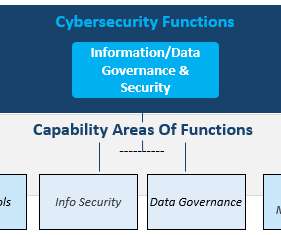
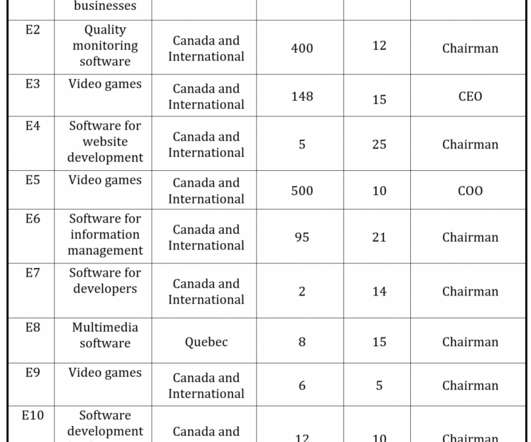
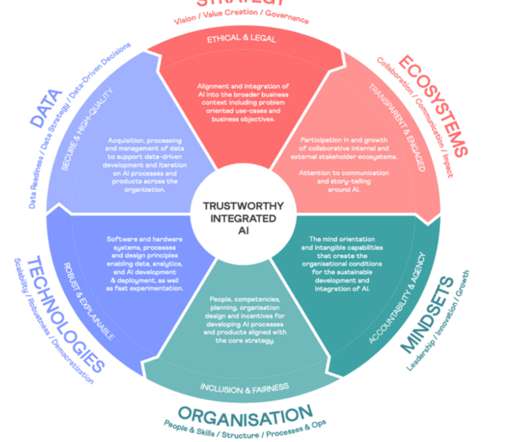
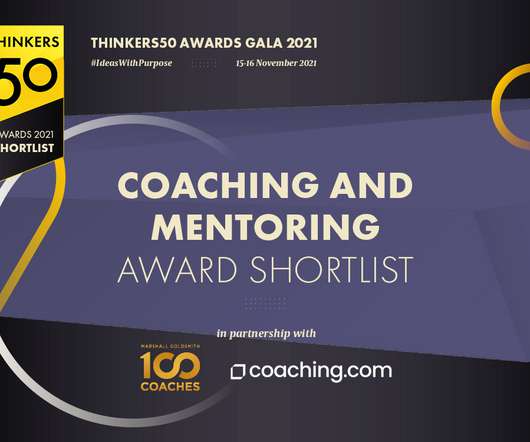
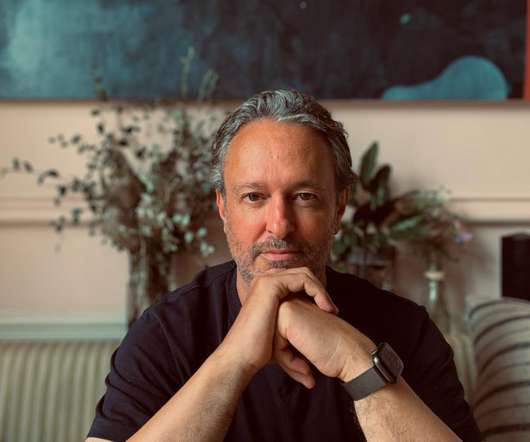
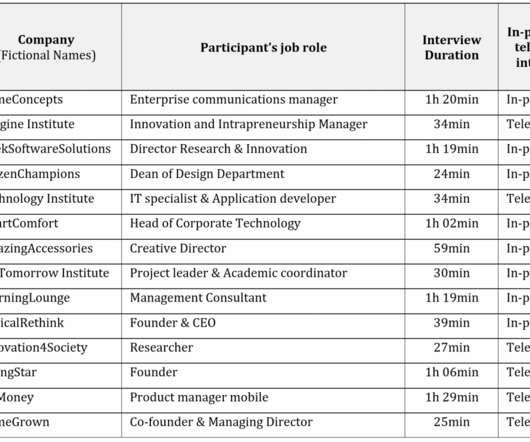






Let's personalize your content